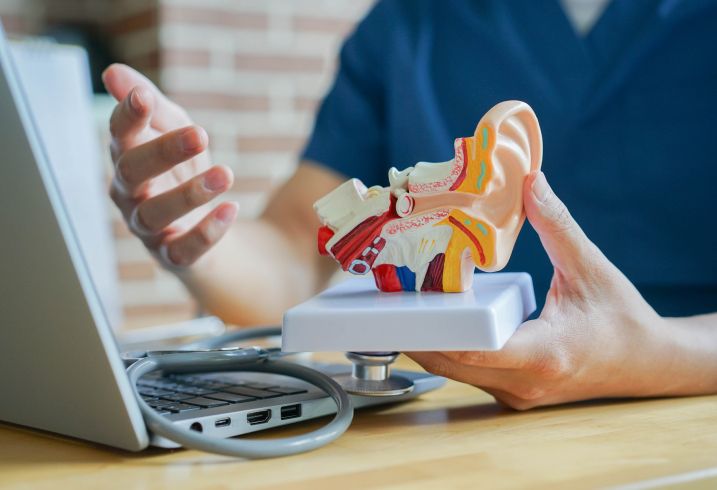Sinus Surgery Explained

Today's method are describe as minimally invasive, but that doesn't mean complex surgeries are excluded. Here's a quick guide to the procedures and the reasons for them.
Thirty years ago, a surgeon would perform sinus surgery under a beam of light mounted on his head, with one hand holding a speculum to spread open the nostrils. Peering down the dark passages as far as the light could go, the surgeon operated by feel, instinct and a little guesswork, relying on his experience and knowledge of anatomy as to how far an instrument could safely go.
Some operations required a large incision to split open the skin (and often the facial bones) to gain access to deeper structures. In the early 80’s, the endoscope was introduced and it removed the need for guesswork (and often, the need for skin incisions on the face). Its use quickly became routine.
Minimally Invasive, Maximally Effective
The endoscope consists of a long, thin tube with a light and a view at the opposite end of the scope. In endoscopic sinus surgery (ESS), the endoscope is inserted through the nasal passages, with no surface incision, to operate on a variety of conditions in the nasal passages and sinuses. Advancements in instrument design allow us (with eye and brain surgeons) to operate on areas beyond the nose, such as the eyes, skull base and brain.
Endoscopy has been described as “minimally invasive”. Th is may be a bit misleading, as the words suggest that the endoscope is limited to simple procedures. In fact, very complex surgery may be performed endoscopically and without external scarring, swelling, superfi cial trauma, pain and with reduced blood loss. Th e hospital stay is also greatly reduced.
ESS is most commonly performed for sinus infections. Sinuses are bony cavities surrounding the nasal passages and are connected to them by small openings called ostia. Infection to these sinuses occurs usually with any common cold and usually clear spontaneously within a few weeks, with or without medication. Surgery in such cases is not recommended.
What Is Sinusitis?
During a common cold, the lining of the sinuses is often swollen and filled with fl uid as the sinuses respond to infection by producing more mucus to “flush” and “cleanse” the nose. X-rays, CT scans or MRI will show these areas as shadowed, and the diagnosis will often be “sinusitis”. Such imaging is neither necessary nor recommended for common colds or even shortly after colds.
This also reduces unnecessary exposure to radiation, or worse, unnecessary surgery. Such imaging is only needed if the doctor suspects complications, if the infection fails to resolve, or if the patient has a history of recurrent or chronic sinus infection and the doctor wants to identify any abnormality that may require surgery.
Sinusitis tends to occur more commonly in individuals with/in the following conditions: nasal blockage from enlarged nasal turbinates; deviated nasal septum or structurally narrow sinus openings; nasal polyps or allergic rhinitis; living in polluted environments; smokers.
The first line of treatment involves treating any allergies medically and making lifestyle changes, such as smoking cessation and minimising exposure to allergens and pollution. Surgery may be considered for structural abnormality or nasal polyps which are compromising drainage and ventilation of the sinus, causing recurrent or chronic sinusitis. Th is is like an inadequate drainage system that leads to stagnation and floods in a city.
ESS is commonly used for:
- Removing nasal polyps
- Removing blockages in the nose
- Treatment of nasal neuralgia or sinus headache caused by pressure on sensory nerve
- Treatment of sinus barotrauma (such as the sinus pain that sometimes occurs in flights or while scuba diving)
- Removal of benign or cancerous tumours of the nasal cavity or sinus
- As an approach to the base of the skull, brain and eyes (performed with brain or eye surgeons)
Image-guided surgery (IGS) involves feeding data from CT or MRI scans into a computer system which creates a 3-D “map” of the head. Th e surgeon operates with the computer system, which helps to guide the instruments in real time, very much like GPS. Th e system warns of possible dangers ahead when the surgeon’s view may be masked or obstructed by disease, tumours or deformities. IGS is more useful in complex surgeries.
Our Singapore ENT clinic specialises in the end-to-end management of all ear, nose, and throat conditions while keeping the best ENT practices in mind.









